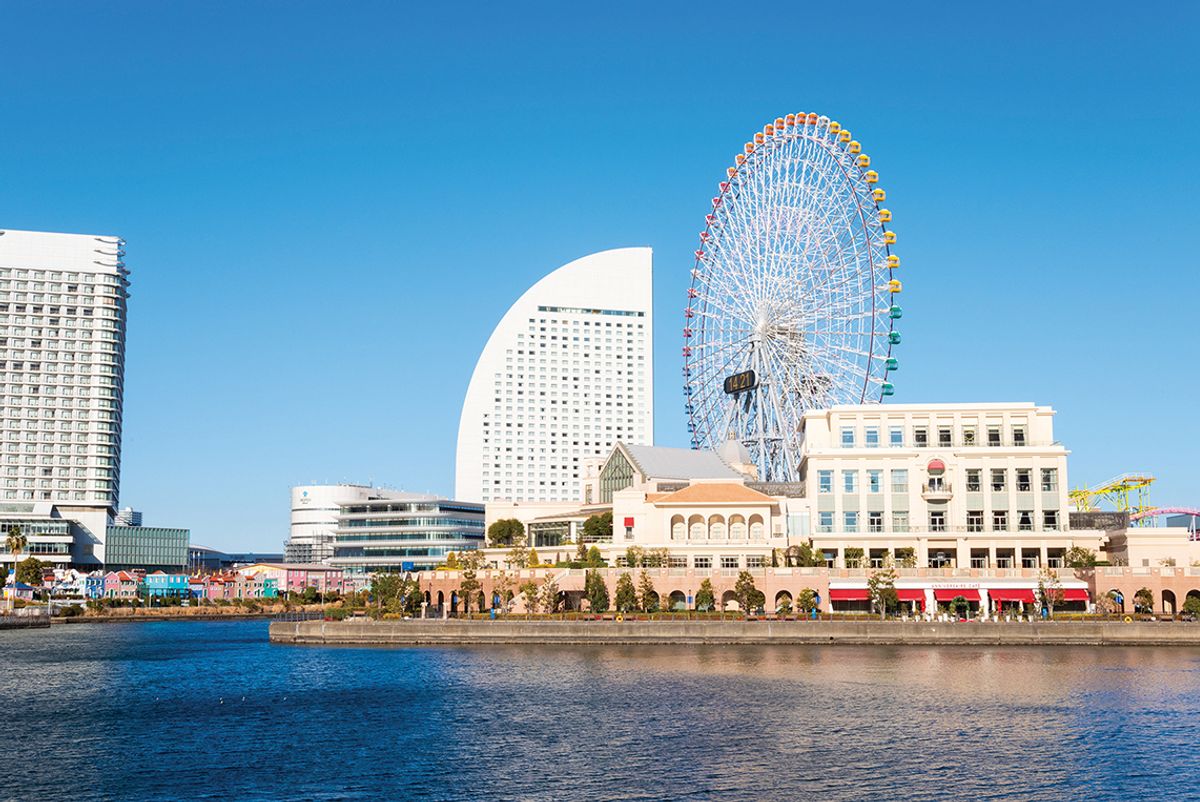The second edition of the Yokohama art fair Tokyo Gendai launches at a dynamic time for the Japanese art market. Japan’s economic indicators have been paradoxical recently, with high inflation, slow wage growth and projected GDP growth of only 0.8% this year, but overall stability projected. The value of the Japanese yen has seriously depreciated, to ¥158 to $1 in late June, from ¥128 in early 2023.
According to Magnus Renfrew, one of the three co-founders of Tokyo Gendai, the lower relative value of the yen has a mixed impact on art sales. “While a weaker yen makes purchasing work in [dollars] more challenging for local collectors, it also makes the purchase of the work of Japanese artists represented by Japanese galleries more favourable for international visitors, who also benefit from greater purchasing power in terms of hotels, restaurants and shopping.”
Tokyo Gendai, running 5 to 7 July at Pacifico Yokohama, is the newest of three fairs operated in Asia by The Art Assembly, along with Taipei and Singapore. The company, owned by Renfrew, Sandy Angus and Tim Etchells, also has affiliations with Art Central Hong Kong, Photofairs Shanghai, Sydney Contemporary and India Art Fair. Gendai this year brings 70 galleries to Yokohama, down from 79 in 2023. Japanese galleries include major players like A Lighthouse Called Kanata and Taka Ishii, along with regional giants such as Tang Contemporary Art and The Drawing Room, and international dealers like Almine Rech and Pace.

The Tokyo Gendai fair’s first edition last year saw 79 participating galleries and more than 20,000 visitors
Photo courtesy of Toyko Gendai
The fair this year will stage a special project promoting female artists, under the theme of All Things are Delicately Interconnected. The show is co-curated by Soojung Yi, a curator at Korea’s national Museum of Modern and Contemporary Art (MMCA), and Marina Amada, a co-founder of the activist curator collective Spectrum, which is presenting the exhibition. It will feature 16 works from the Thai artist Sareena Sattapon and the US artists Jenny Holzer, Mika Tajima and Miya Ando.
The project was initiated by the fair director Eri Takane, says Renfrew, out of her “strong desire to use the power of art as a catalyst for change”. He cites Japan’s position at 118th out of 146 countries in the World Economic Forum’s Gender Gap Report 2024. “Eri was keen to accelerate the path towards gender equality in Japan,” Renfrew says.
Japan’s government, meanwhile, has sought to accelerate art sales through revisions of the Customs Act in December 2020 and February 2021, granting bonded status to art fairs including Tokyo Gendai. Now galleries pay Japan’s 10% goods and services tax on imported works of art at the point of sale instead of when imported, as was previously the case. “This move shows that the Japanese government is taking the expansion of the country’s art market seriously, greatly improving the accessibility and efficiency” for galleries and allowing art fairs “to continue to build momentum in the Japanese art market”, Renfrew says.
Japan a bucket-list destination
International engagement with Japan’s contemporary art is also receiving a boost from an international tourism boom, partially fuelled by the weak yen. This also reflects the country’s revived international cultural cachet. “Japan and Tokyo have amongst the widest psychological catchment areas,” or draw of external attention, “which makes it an excellent location for an international art fair,” says Renfrew. “For those that have never been to Japan, it is on their bucket list, and for those that have been, they are looking for any excuse to return.”
Gendai launched last year in an already bustling Japanese ecosystem that includes Art Week Tokyo, running since 2021, the fair Art Collaboration Kyoto, also launched in 2021, and Art Fair Tokyo, founded in 1992 and relaunched in 2005. All of these tap into the country’s extensive, longstanding network of artists, galleries and museums.
There is huge potential for the market in Japan to develop. Tokyo is one of the wealthiest cities on the planet
“Given Japan’s thriving contemporary art scene, strong public engagement and international influence, this was an exceptional context in which to launch Tokyo Gendai last year,” Renfrew says. “There was a sense of excitement on the opening day that was palpable, with collectors and galleries expressing that they felt this represented the beginning of a new chapter for the art scene in Japan,” he says—as well as solid sales. “There is huge potential for the market in Japan to develop over the coming years given the incredible domestic wealth base. Tokyo is one of the wealthiest cities on the planet.” Yokohama, a port city less than an hour’s drive from Tokyo, is also quite affluent.
Renfrew observes that the Asian art market has entered a “new phase”, shifting from being “tightly focused upon Hong Kong” to expanding “over the last decade to encompass further cultural focal points, befitting the great economic and cultural importance of many of the cities within Asia”.
Japan dominated East Asian art from the 1950s until its economic slowdown of the 90s; it is re-emerging now into a lively, diversified regional scene, with help from the bonded status. “Tokyo has an exceptional new opportunity to take advantage of the rapidly shifting dynamics within the region,” Renfrew says, “to become a leading art market capital in Asia and a major annual meeting place for the global art world”.
• Tokyo Gendai, Pacifico Yokohama, 5-7 July


